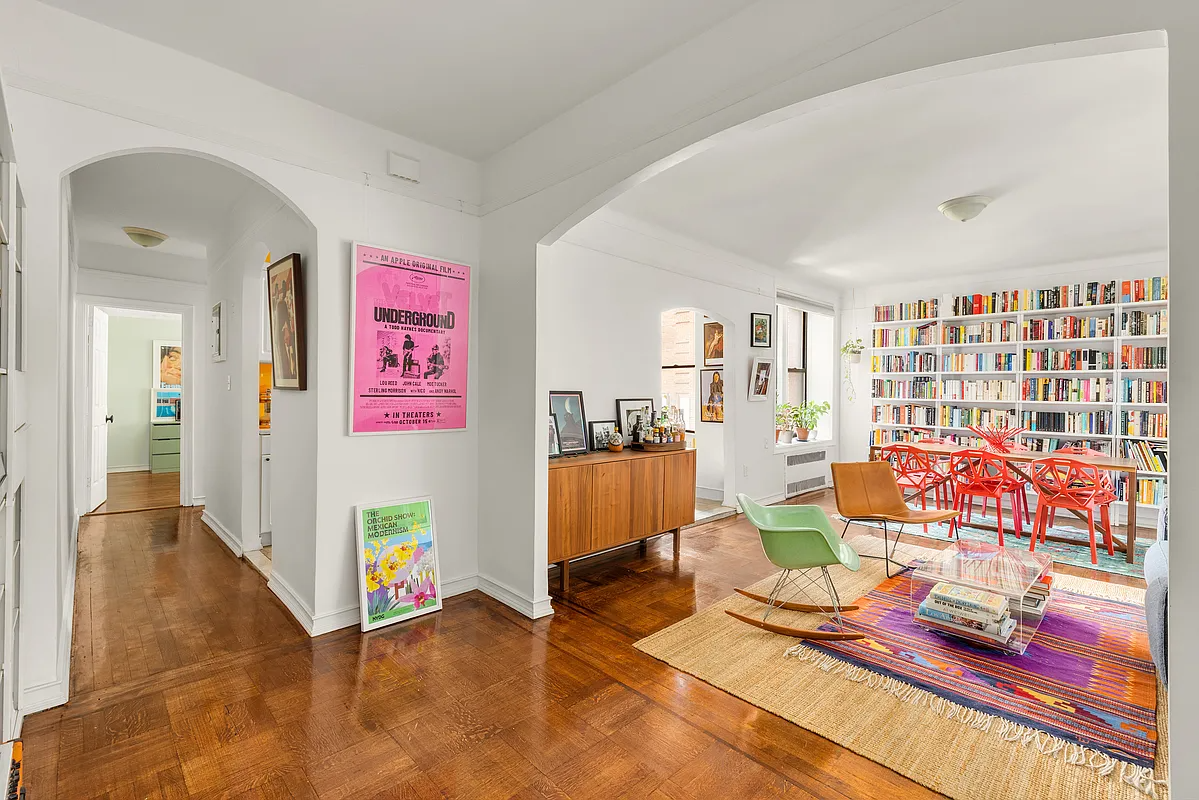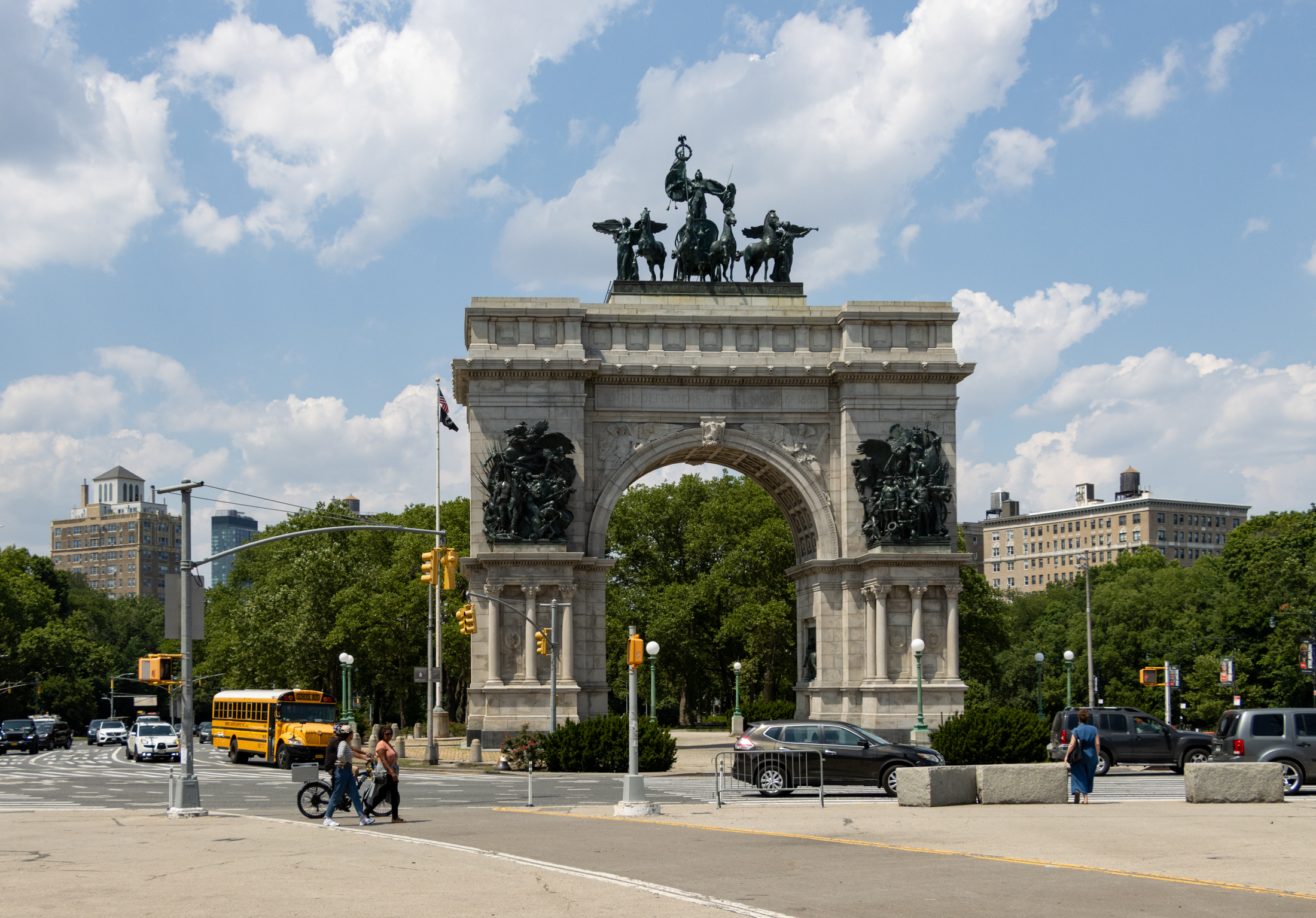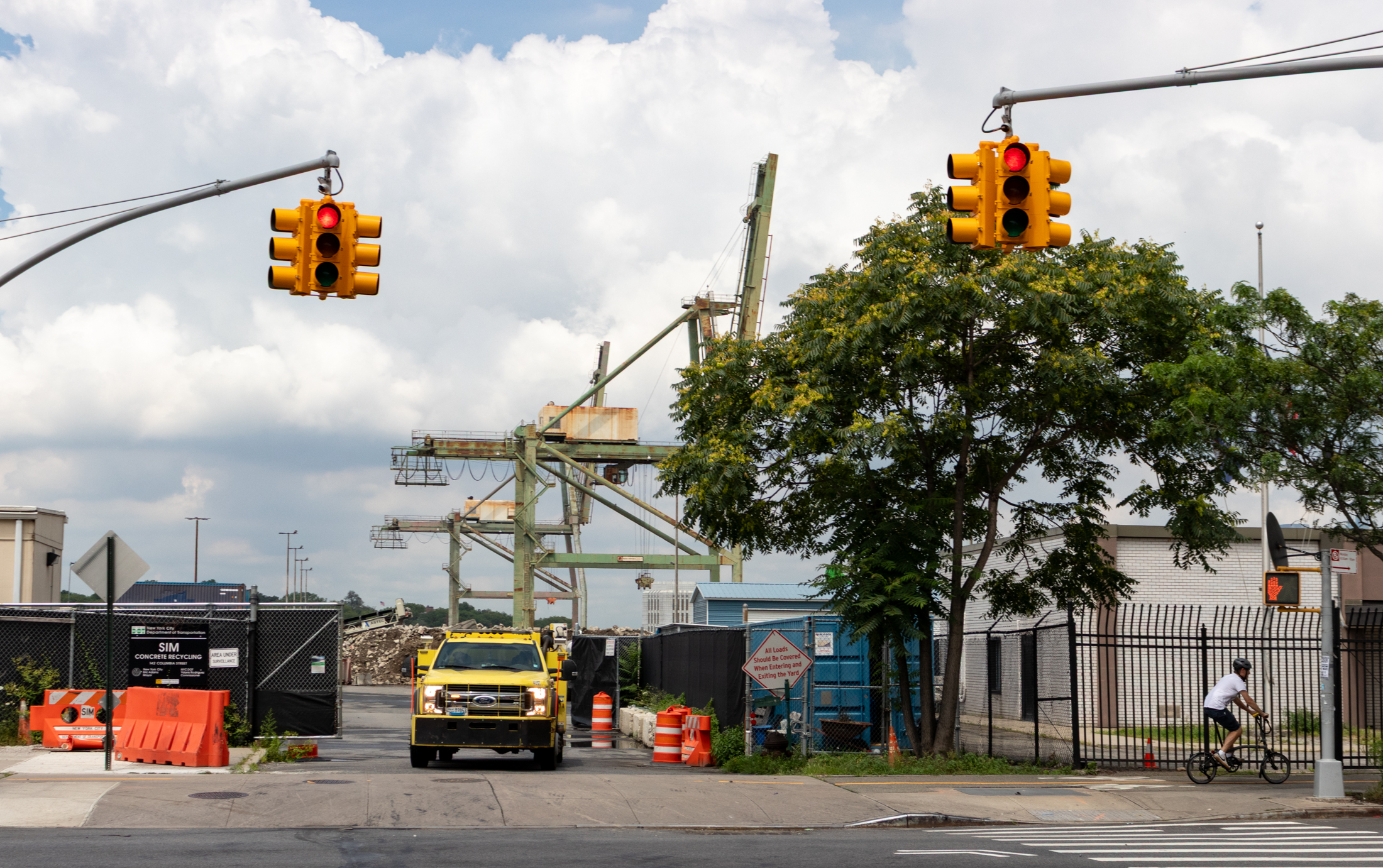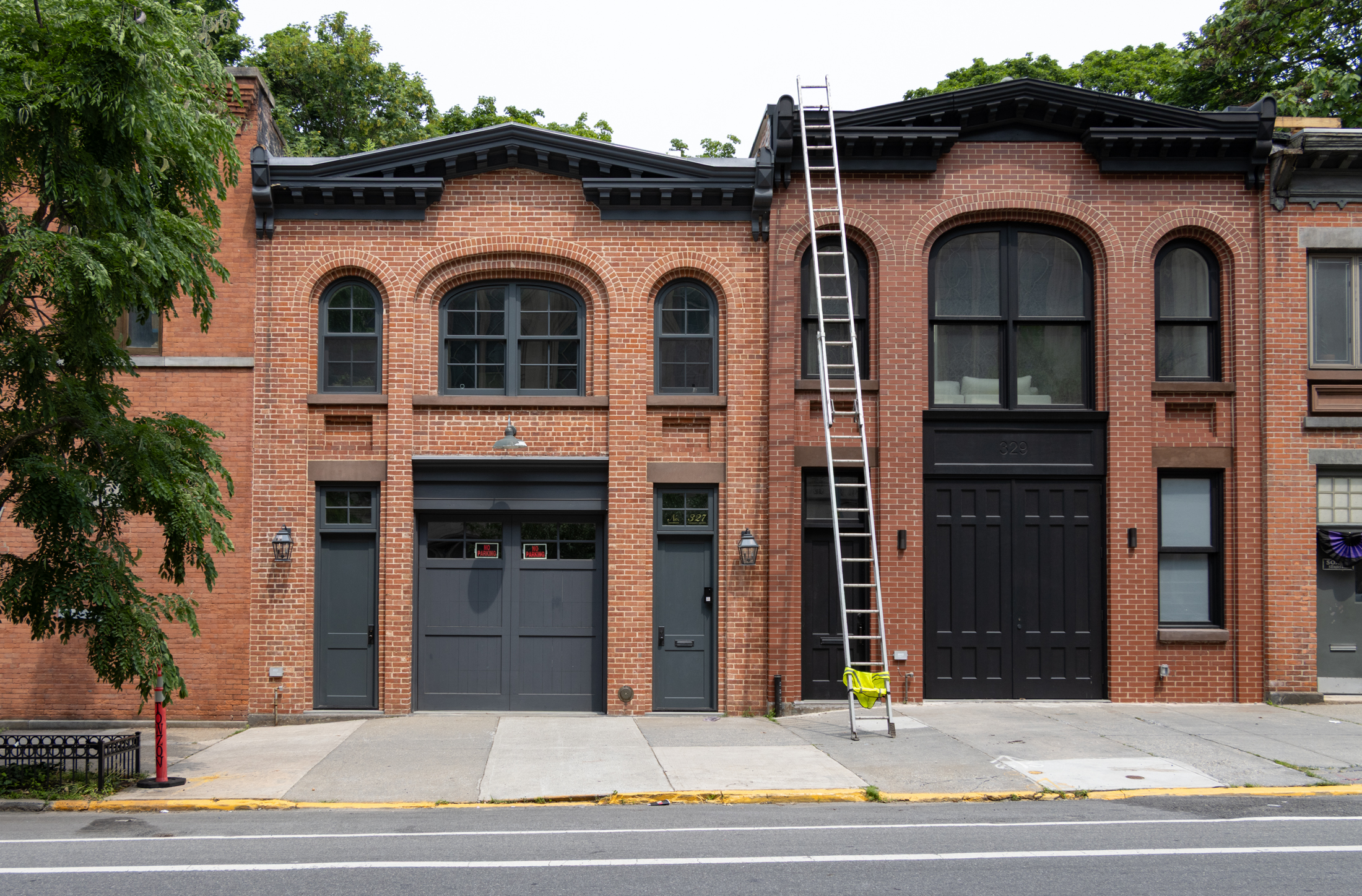Federal Life-Preserver Loans Target Sinking Borrowers
This weekend the Times had word about a new version of the federal Home Affordable Refinance Program, which is expected to start issuing loans by October and is aimed at helping borrowers who owe more than their homes are worth. So-called “underwater” borrowers who have not missed a mortgage payment—but are nevertheless in danger of…

 This weekend the Times had word about a new version of the federal Home Affordable Refinance Program, which is expected to start issuing loans by October and is aimed at helping borrowers who owe more than their homes are worth. So-called “underwater” borrowers who have not missed a mortgage payment—but are nevertheless in danger of becoming the next wave of foreclosures—will be able to avail themselves of the program if their mortgage is up to 25 percent more than their home’s current value. The loans will only be given to borrowers who have Fannie or Freddie loans, and they probably won’t have the very most competitive rates. Nevertheless, they’re expected to help out a lot of New York-region borrowers: “Michael Moskowitz, the president of Equity Now, a lender based in Manhattan, says he believes that New York borrowers will benefit from the recent changes. The area, he said, is among the last in the nation to experience significant drops in real estate values. ‘But because of the unemployment on Wall Street, that will continue,’ Mr. Moskowitz said. ‘So this program will have a very meaningful effect here.'”
This weekend the Times had word about a new version of the federal Home Affordable Refinance Program, which is expected to start issuing loans by October and is aimed at helping borrowers who owe more than their homes are worth. So-called “underwater” borrowers who have not missed a mortgage payment—but are nevertheless in danger of becoming the next wave of foreclosures—will be able to avail themselves of the program if their mortgage is up to 25 percent more than their home’s current value. The loans will only be given to borrowers who have Fannie or Freddie loans, and they probably won’t have the very most competitive rates. Nevertheless, they’re expected to help out a lot of New York-region borrowers: “Michael Moskowitz, the president of Equity Now, a lender based in Manhattan, says he believes that New York borrowers will benefit from the recent changes. The area, he said, is among the last in the nation to experience significant drops in real estate values. ‘But because of the unemployment on Wall Street, that will continue,’ Mr. Moskowitz said. ‘So this program will have a very meaningful effect here.'”
Lifelines for Those ‘Underwater’ [NY Times]
Photo by zert.sonstige_2008





Bor’m Hill,
I’ll agree. True, many apartments are not means tested so people who make a decent amount of household income may be getting away with something…But, then again, since there’s no means testing in general, many, many, many people spend a large/huge percentage of their household income on rent. Honestly, all we hear about is a shortage of affordable housing. It might be great if the whole system were controlled it sounds like you’re saying…but I could be wrong.
Interesting on Mr. Rangel…H’mmm…
Brooklyn Greene,
A few points.
1. Rangel did not give up the apartments. He stopped using one of them for his campaign office. He still has 4 apartments for his personal (not professional) use.
2. I don’t know the numbers on rent control, but according to City Data, there are 1 million stabilized apartments. That’s a lot of apartments.
3. Household income would be below $175K for owners as well as renters. Owners also spend a huge % of their income on rent. My point is that it’s not exactly progressive to offer a generally non means tested subsidy to stabilied + controlled renters.
Bore’em Hill,
Isn’t that Rangel piece old news at this point. It was all over the evening news and papers months and months ago and he gave up apartments in that building.
Just remember though, the numbers of apartments still rent controlled is low. And the allowed increase on the others is pretty high every year…if you looked around lately you’d know the average household income is so far below $175,000 per year that it’s not funny. Household income is very low and the people are spending huge percentages of their income on rent.
Okay…some people have lucked out but not the vast majority of moderate and lower income New Yorkers who have to rent “on the open market”.
If you’re a rent stabilized or controlled tenant in NYC, you’re getting significant help with your rent. Furthermore, if you make less than $175K, the value of the subsidy is subject to 0% tax. So, a lot of people have been helped with their rents in a very non-progessive way. If you’re an owner looking to deduct mortgage interest expense, the value of your deduction at least decreases as your income rises. So that tax is at least progressive to some degree.
As an example, The Wall Street Journal today has a great Op-Ed bashing Charles Rangel who rents out 4 stabilized apartments in NYC while also owning a condo in the Domincan Republic. The difference between the regulated rent on those apartments and the market value of the rents in those apartments is a non-taxed subsidy.
i dont do credit cards. im sorta getting sick of this welfare for the upper middle class bullshi+ actually.
*rob*
No, and you can’t deduct any of it on your taxes either. Or your credit card interest.
Boo. Can someone help me with my rent as well?
*rob*